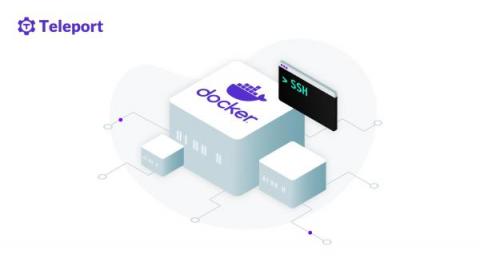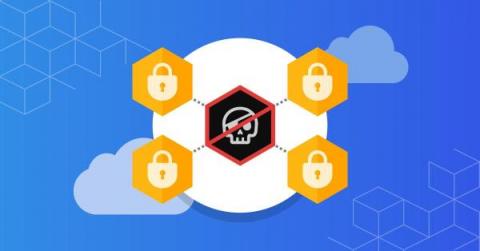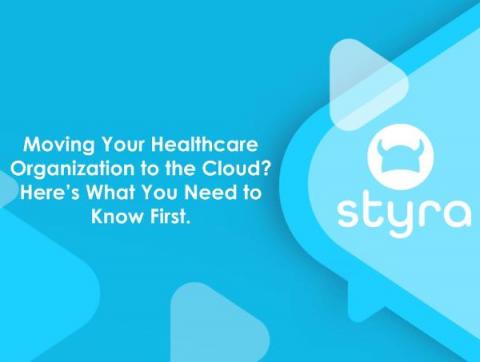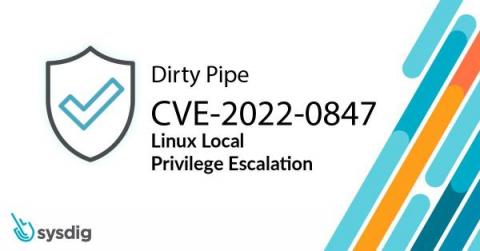Mitigating CVE-2022-0811: Arbitrary code execution affecting CRI-O
A new vulnerability CVE-2022-0811, alias cr8escape, with CVSS 8.8 (HIGH) has been found in the CRI-O container engine by Crowdstrike. This vulnerability can lead to arbitrary code execution. The container engines affected are: Any containerized infrastructure that relies on these vulnerable container engines is affected as well, including Kubernetes and OpenShift (version 4.6 to 4.10).











